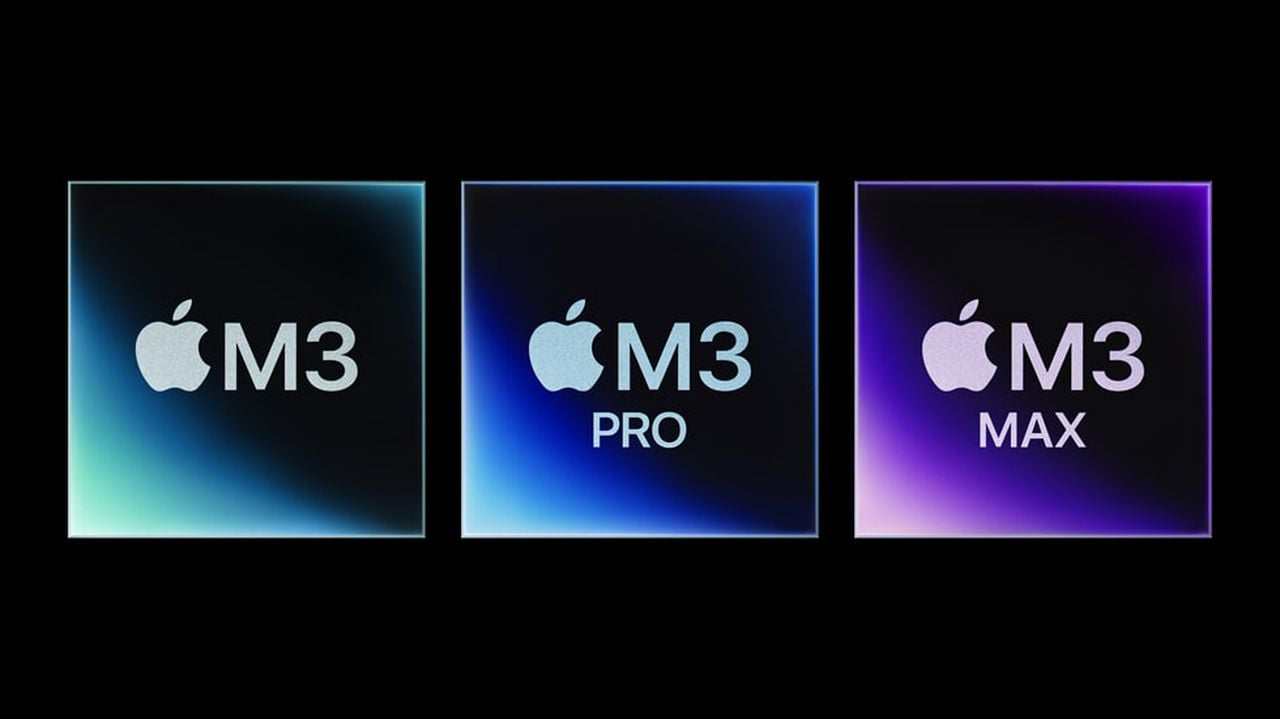
Just a few weeks ago on October 30, 2023 Apple announced the launch of its new M3, M3 Pro, and M3 Max Apple Silicon chips. The industry’s first 3-nanometer chips providing next-generation GPU architecture and delivering dramatic performance improvements, together with a a faster CPU and Neural Engine, and support for more unified memory. If you are wondering how the new Apple M3 silicon performs when playing emulated games, you will be pleased to know that ETA Prime has been testing out the new iMac M3 desktop computer with interesting results.
The M3 iMac is powered by an ARM-based chip, marking a significant departure from the traditional x86 architecture. This chip has shown exceptional single-core performance, as validated by Geekbench 6 benchmarks. The CPU performance cores and efficiency cores are 30 percent and 50 percent faster than those in M1, respectively, and the Neural Engine is 60 percent faster than the Neural Engine in the M1 family of chips. And, a new media engine now includes support for AV1 decode, providing more efficient and high-quality video experiences from streaming services.
Apple iMac M3 games emulation
While its multi-core scores may not reach the same heights, they remain competitive, especially when considering the power efficiency of the ARM architecture. One of the most fascinating features of the M3 iMac is its GPU performance. Although it may not compete with the raw power of top-tier dedicated graphics cards, it stands its ground against older cards such as the GTX 1060 and RX 570. This is particularly noteworthy given the optimization of the Metal backend, which boosts the GPU’s efficiency.
Other articles we have written that you may find of interest on the subject of Apple M3 silicon :
The emulation performance was assessed on a variety of consoles, including the PS2, GameCube, Wii, Wii U, and PS3, using the PCSX2, Dolphin, CEMU, and RPCS3 emulators respectively. The M3 iMac handled these emulators with varying degrees of success. OpenEmu, a comprehensive emulation frontend, was used to manage these emulators. This software provides a user-friendly interface and streamlines the process of setting up controls for different consoles. It is an essential tool for anyone interested in emulation on the M3 iMac.
The emulation of GameCube and Wii on Dolphin produced impressive results. With 5K enhancements activated, games such as Rogue Squadron and F-Zero GX ran flawlessly. PS2 emulation using PCSX2 was also successful, with games like Gran Turismo 4 and God of War II maintaining a steady 60 FPS at 4K resolution.
However, Wii U emulation using CEMU encountered some challenges. While some games, like Bayonetta 2, performed well, others faced issues. PS3 emulation using RPCS3 also had mixed results. Games like Ninja Gaiden Sigma and Tekken 6 ran smoothly, but others like Skate 3 encountered graphical issues.
The M3 family of chips features a next-generation GPU that represents the biggest leap forward in graphics architecture ever for Apple silicon. The GPU is faster and more efficient, and introduces a new technology called Dynamic Caching, while bringing new rendering features like hardware-accelerated ray tracing and mesh shading to Mac for the first time. Rendering speeds are now up to 2.5x faster than on the M1 family of chips.
The M3 iMac shows considerable potential for emulation. Despite some limitations, particularly with more demanding consoles like the Wii U and PS3, the overall performance is commendable. With the potential for future enhancements and the prospect of the M3 chip in other Mac models, the future of emulation on Mac seems bright.
Filed Under: Gaming News, Top News
Latest timeswonderful Deals
Disclosure: Some of our articles include affiliate links. If you buy something through one of these links, timeswonderful may earn an affiliate commission. Learn about our Disclosure Policy.
